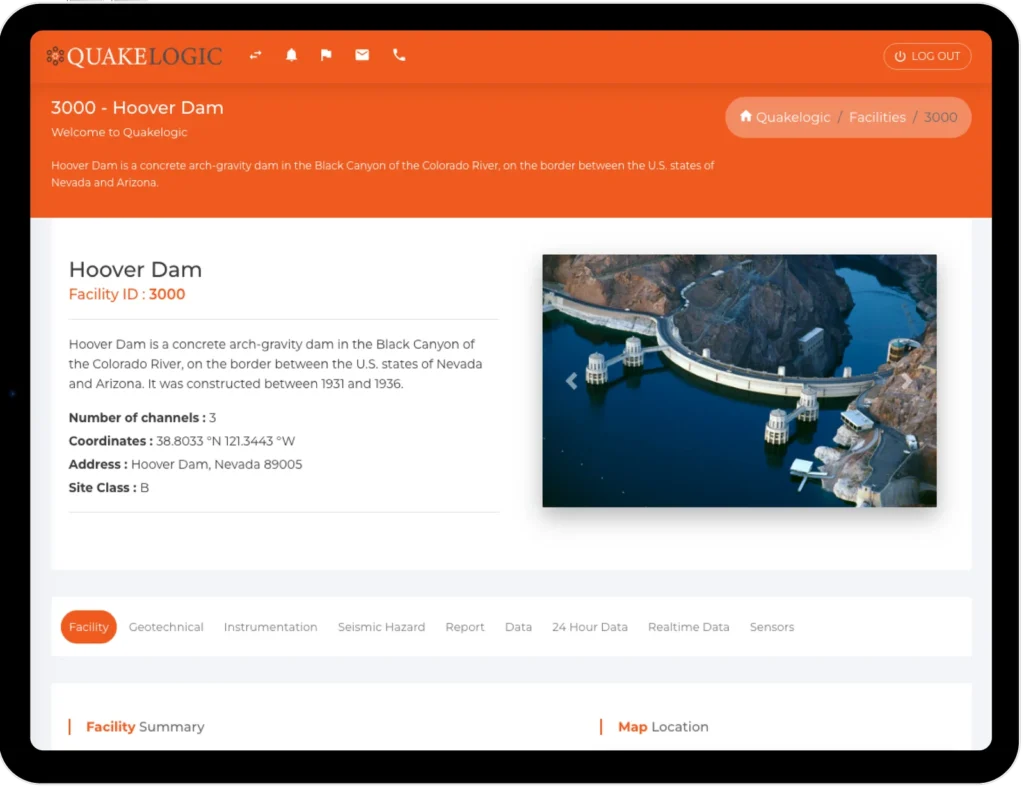Devastating climate change, including killer heat waves and severe flooding, adversely affects the infrastructures our communities rely on. Dams in particular become increasingly more vulnerable to climate change due to aging. Rapidly rising water levels and frequent floods add extra stress to dams, reservoirs and waterways, pushing them to their design limits. A failure to upgrade dams in response to deterioration in structural health may result in a catastrophic impact on the people and environment.
The most recent examples are the failed Edenville and Sanford Dams in Midland, Michigan due to rapidly rising waters after days of heavy rain. The collapsed Edenville Dam, constructed in 1924, was rated in unsatisfactory condition in 2018, while the Sanford Dam, which was built in 1925, was given a fair condition rating by the State.
In 2017, major flooding from the damaged Oroville Dam in Northern California forced the evacuation of nearly 200,000 Californians. The Oroville Dam was completed in 1968, toward the end of the golden era of dam construction. This was a wakeup call for owners of aging dams across the country, as climate change continues to add stress to these structures.
California has additional challenges due to active earthquake faults, including the Hayward and San Andreas faults, which scientists predict are due for a large earthquake. Among the dams now considered to be at risk are the Anderson Dam and the Calaveras Dam, both close to fault lines in Silicon Valley. According to the NY Times, California’s most troubled large dam is at Lake Isabella. This dam was built on the Kern River near Bakersfield by the Army Corps of Engineers in the 1950’s on what was thought to be an inactive fault. However, this fault has been active since then.

Another major threat to dams is scouring. Numerous aging dams have experienced severe erosion of their unlined spillways. This erosion can lead to damage and even failure of dams and consequently can threaten public safety, properties, infrastructure and the wider local environment.

There are a number of unfortunate examples of dams failing due to earthquakes, flooding or scouring where early signs of deficiencies might have been detected if a proper structural health monitoring (SHM) system had been in place.
Introducing SMARTDAM
QuakeLogic is the only company using a cloud-based, AI-powered technology platform to perform continuous, autonomous assessments using data from sensors on the dam structure.
QuakeLogic’s Sensor data Management, Assessment and Repository Technology (SMART) platform transforms a dangerous, aging dam into a SMART dam able to alert officials to critical deterioration. It also significantly reduces needed search and inspection efforts following any seismic or other impact event such as settlement, scouring, etc.

The SMART platform integrates manually and digitally read sensor recordings into a fully automated unified monitoring system. It facilitates the acquisition and analysis of critical sensor data needed by the dam operators for proper operation and maintenance, and most importantly, for the safety assessment of the dam. It routinely collects, organizes and evaluates sensor data, and sends immediate notifications with ACTION PLANS upon exceedance of programmed thresholds, generating PDF reports regularly and on-demand.
The SMART platform is a cutting-edge system that works with various types of sensors such as accelerometers, tiltmeters, potentiometers, strain gauges, thermocouples, weather stations, piezometers and seepage monitors. Comprehensive analytic information is visible in real-time on the mobile-friendly dashboard, providing proof and PEACE OF MIND that a dam is performing as expected.
In addition to our SMART platform, our proprietary earthquake early warning (EEW) alerts provide a window of opportunity for action before earthquake shaking begins at the site. It can even trigger automated actions such as opening spillways, closing roads, etc. – when every second counts.
Easy-to-understand, engineering-quality information on the real-time health of the dam together with the ACTION PLAN support operators to make informed decisions. Whether planning maintenance activities, or prioritizing critical response actions, QuakeLogic has you covered.
QuakeLogic’s monitoring system instantly detects any issue that could impact the structural integrity of the dam, allowing corrective measures to be implemented and avoiding a potential future disaster.
For details, contact us at info@quakelogic.net






